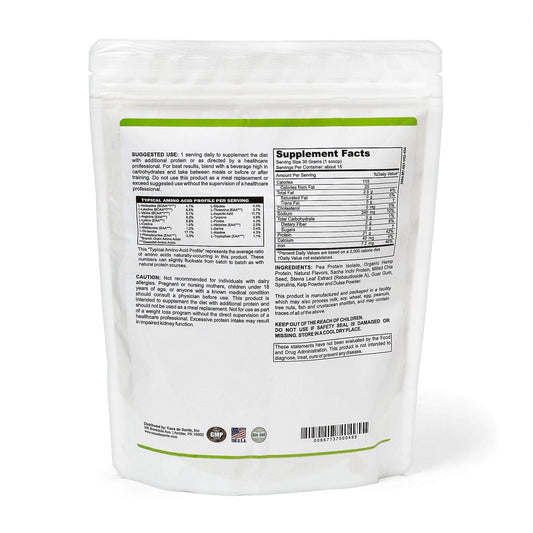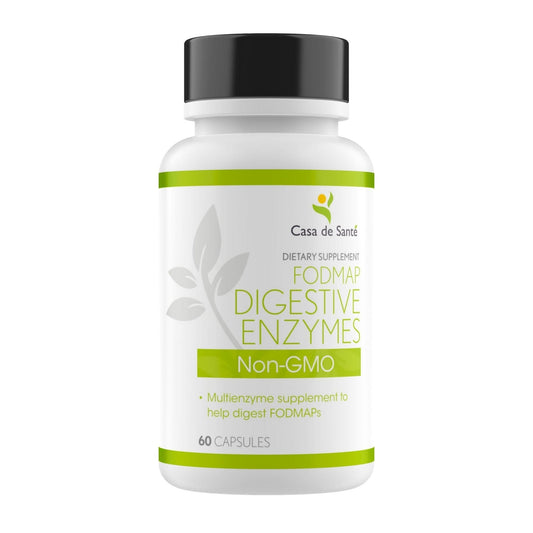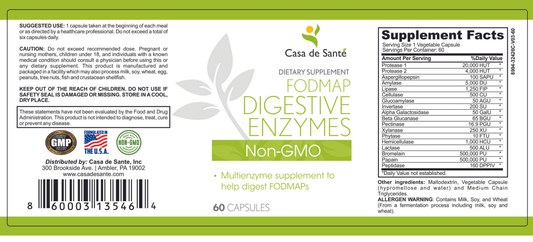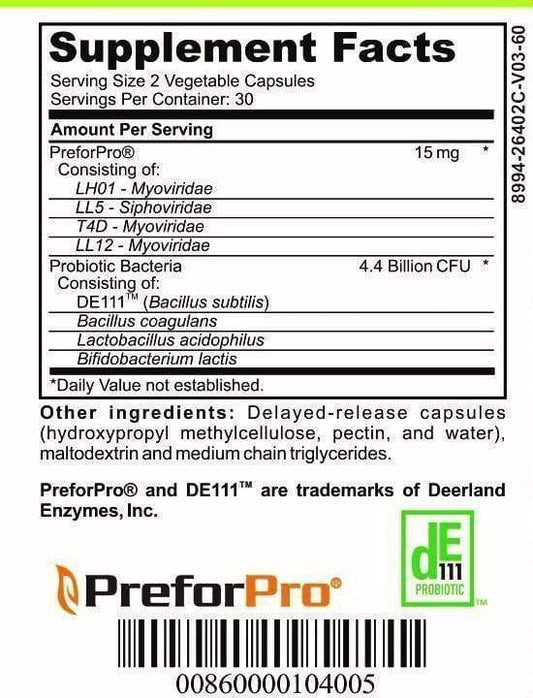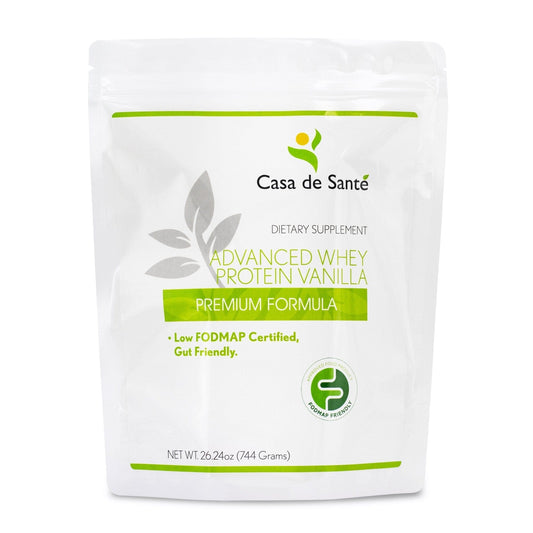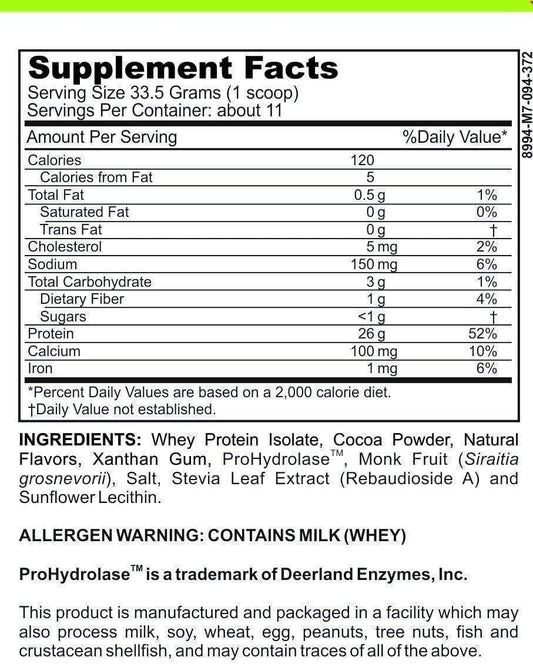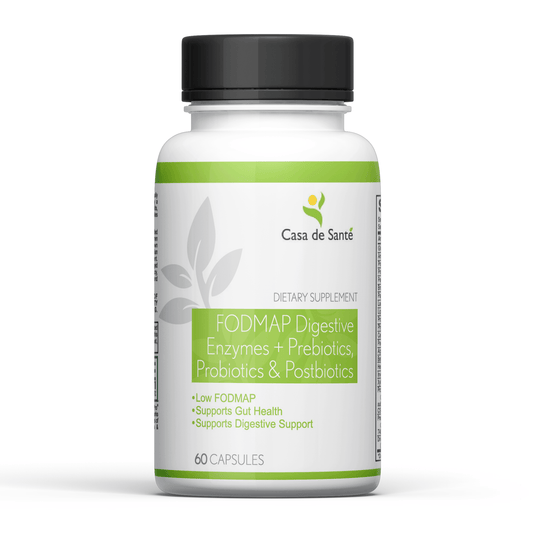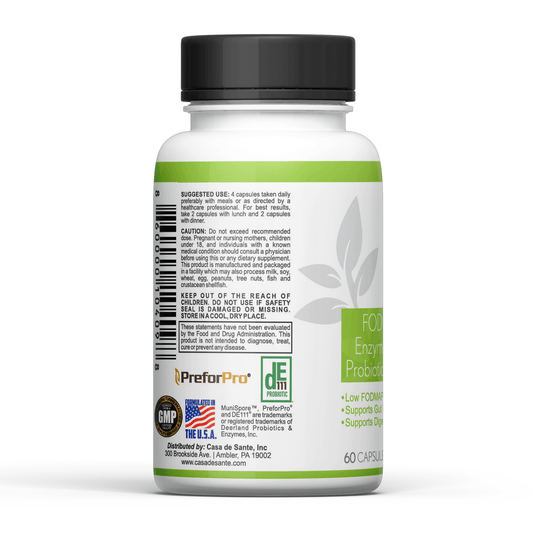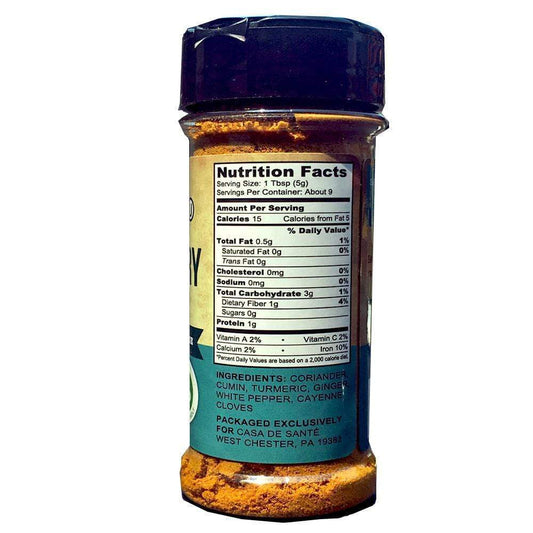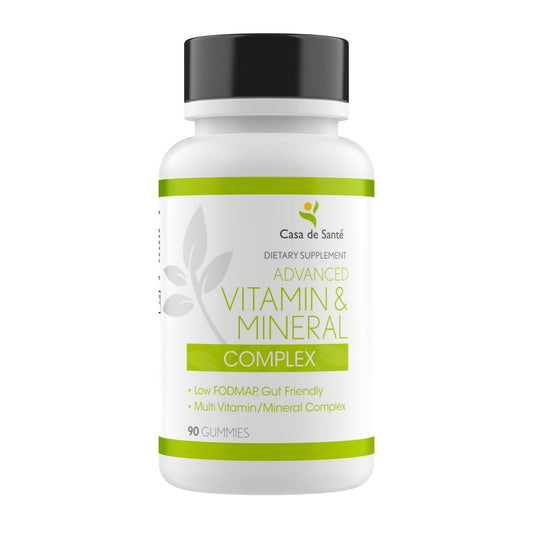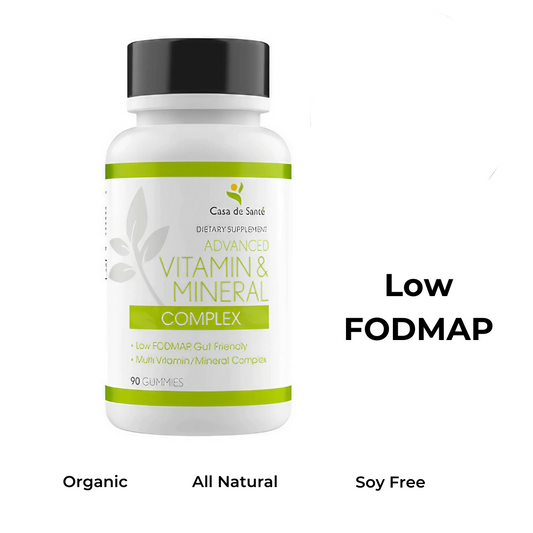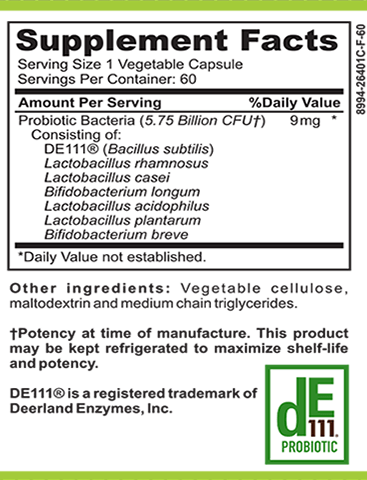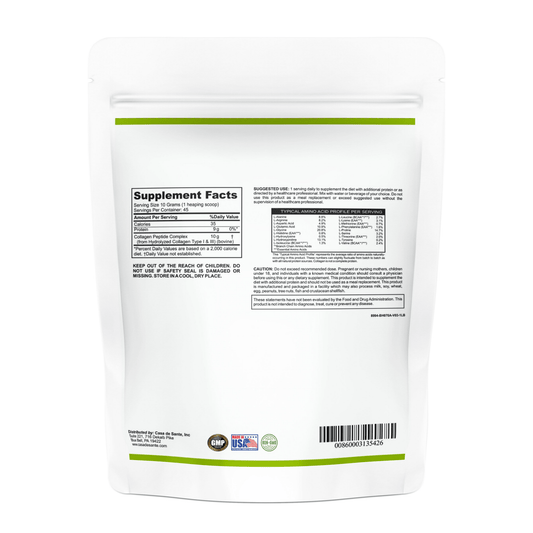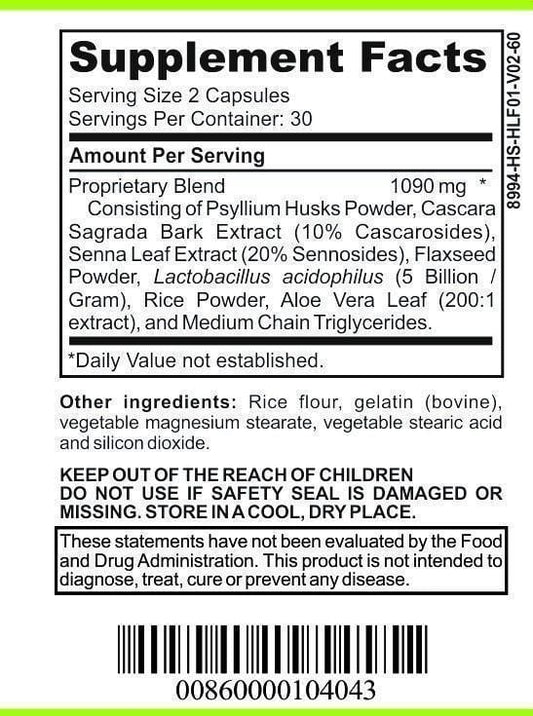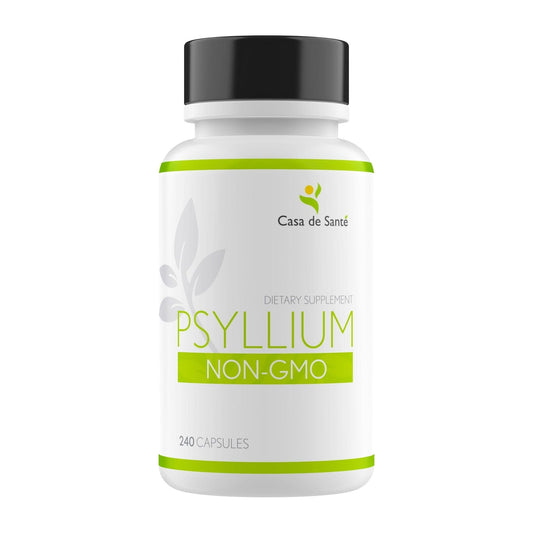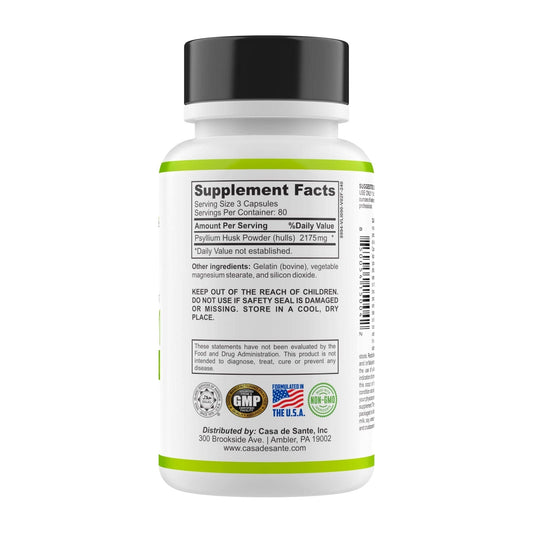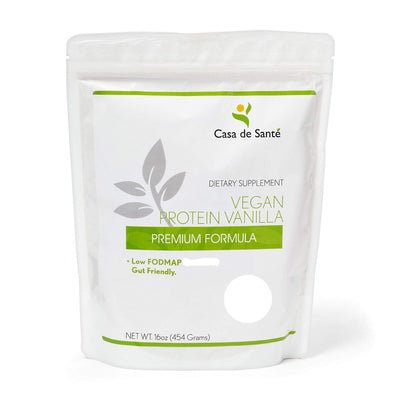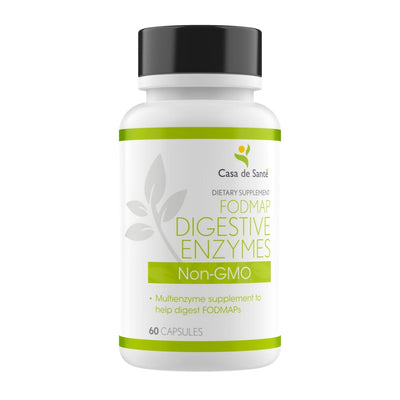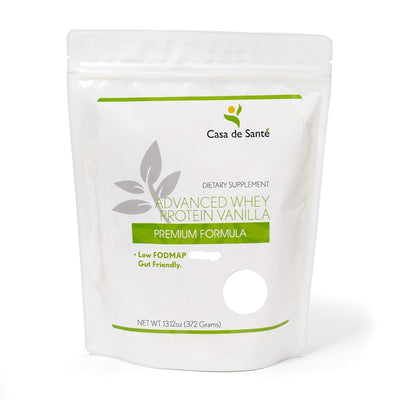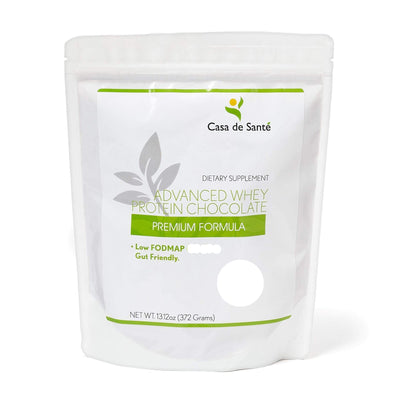IMO SIBO: Understanding Intestinal Methanogen Overgrowth in Small Intestinal Bacterial Overgrowth
IMO SIBO: Understanding Intestinal Methanogen Overgrowth in Small Intestinal Bacterial Overgrowth
Digestive health issues can significantly impact quality of life, and among the more complex conditions is Small Intestinal Bacterial Overgrowth (SIBO). Recent research has highlighted a specific variant called Intestinal Methanogen Overgrowth (IMO) SIBO, which presents unique challenges and requires specialized understanding. This comprehensive guide explores the nuances of IMO SIBO, its symptoms, diagnosis, and management strategies to help those suffering find relief.
What Is IMO SIBO?
IMO SIBO represents a paradigm shift in how we understand certain digestive disorders. While traditional SIBO involves an abnormal increase of bacteria in the small intestine, IMO SIBO specifically refers to an overgrowth of methane-producing microorganisms called methanogens. These organisms aren't actually bacteria but belong to a separate domain of life called archaea.
Methanogens consume hydrogen (produced by bacterial fermentation) and generate methane gas as a byproduct. This distinction is important because methane production in the gut creates a unique set of symptoms and requires targeted treatment approaches that differ from hydrogen-dominant SIBO.
The Methane Connection
The primary methanogen in the human gut is Methanobrevibacter smithii, which thrives in the intestinal environment. When these methanogens proliferate excessively in the small intestine, they can significantly slow intestinal transit time, leading to the hallmark symptom of constipation that distinguishes IMO SIBO from other forms of SIBO that typically cause diarrhea.
Methane gas itself has been shown to reduce gut motility by up to 59%, creating a vicious cycle where slower movement allows further methanogen colonization. This explains why constipation predominates in IMO SIBO cases, while hydrogen-dominant SIBO more commonly presents with diarrhea.
Recent research has illuminated the complex relationship between methanogens and the gut microbiome. Unlike bacteria, methanogens possess unique cell wall structures and metabolic pathways that make them particularly resilient to conventional antibiotics. This evolutionary distinction explains why treatments effective for bacterial SIBO often fail to resolve methane-dominant cases. Studies have shown that methanogens can form biofilms—protective communities that shield them from antimicrobial agents—further complicating treatment efforts and contributing to the chronic, relapsing nature of IMO SIBO.
The diagnostic landscape for IMO SIBO has evolved significantly in recent years. While breath testing remains the primary non-invasive method, clinicians now recognize that methane levels as low as 3 parts per million may indicate clinical significance, rather than the previously accepted threshold of 10 ppm. Additionally, researchers have identified connections between IMO SIBO and other conditions beyond digestive complaints, including metabolic disorders, neurological symptoms, and dermatological manifestations. This expanding clinical picture highlights the systemic impact of intestinal methanogens and underscores the importance of proper identification and targeted intervention strategies.
Symptoms and Clinical Presentation
Recognizing IMO SIBO requires attention to its distinctive symptom pattern. Unlike hydrogen-dominant SIBO, which typically presents with diarrhea and more acute digestive distress, IMO SIBO has a more chronic presentation focused around constipation.
Common IMO SIBO Symptoms
The primary symptoms of IMO SIBO include chronic constipation, bloating that worsens throughout the day, abdominal distension, and excessive gas. Many patients report feeling "backed up" despite regular bowel movements, or experiencing incomplete evacuation. The bloating associated with IMO SIBO can be particularly distressing, with some patients reporting that they appear "pregnant" by evening due to extreme abdominal distension.
Additional symptoms may include abdominal pain, excessive flatulence with a distinctive odor, fatigue, brain fog, and nutrient deficiencies resulting from malabsorption. Many patients with IMO SIBO have previously been diagnosed with Irritable Bowel Syndrome with Constipation (IBS-C) and found limited relief from conventional IBS treatments.
Risk Factors and Associated Conditions
Several factors increase the risk of developing IMO SIBO. These include a history of multiple courses of antibiotics, previous gastrointestinal infections, abdominal surgeries, and conditions that affect gut motility such as hypothyroidism or diabetes. Structural abnormalities of the digestive tract, including adhesions, strictures, or diverticulosis, can also create environments where methanogens thrive.
IMO SIBO frequently coexists with other conditions like small intestinal fungal overgrowth (SIFO), histamine intolerance, and mast cell activation syndrome. The complex interplay between these conditions can complicate diagnosis and treatment, requiring a comprehensive approach to gut health.
Diagnostic Approaches
Accurately diagnosing IMO SIBO requires specialized testing that specifically measures methane production. Traditional SIBO breath tests that only measure hydrogen may miss methane-dominant cases, leading to misdiagnosis and inappropriate treatment.
Breath Testing
The gold standard for diagnosing IMO SIBO is a breath test that measures both hydrogen and methane gases. After consuming a substrate like lactulose or glucose, patients provide breath samples at regular intervals. In IMO SIBO, methane levels typically exceed 10 parts per million (ppm) at baseline or rise significantly during the test.
It's worth noting that methane production occurs throughout the entire digestive tract, not just the small intestine. This has led some researchers to propose the term Intestinal Methanogen Overgrowth (IMO) rather than methane SIBO, acknowledging that the problem may extend beyond the small intestine.
Clinical Evaluation
In addition to breath testing, a thorough clinical evaluation is essential. This includes a detailed medical history focusing on digestive symptoms, previous treatments, and response to dietary changes. Physical examination may reveal significant abdominal distension, and in some cases, diagnostic imaging might be ordered to rule out structural abnormalities that could contribute to methanogen overgrowth.
Treatment Strategies for IMO SIBO
Managing IMO SIBO effectively requires a multi-faceted approach that addresses both the overgrowth itself and the underlying factors that contributed to its development. Treatment typically involves antimicrobial therapy, dietary modifications, prokinetics to improve gut motility, and supportive supplements.
Antimicrobial Protocols
Treating the methanogen overgrowth often requires specific antimicrobial agents that target archaea rather than just bacteria. The most common prescription approach combines rifaximin (Xifaxan) with neomycin or metronidazole, as this combination has shown greater efficacy against methanogens than rifaximin alone.
For those seeking herbal alternatives, several botanical antimicrobials have demonstrated effectiveness against methanogens. These include allicin (from garlic), oregano oil, berberine, and neem. Herbal protocols typically last 4-6 weeks and may be repeated if symptoms persist after an initial course.
Dietary Approaches
Dietary modification plays a crucial role in managing IMO SIBO. The goal is to reduce fermentable foods that feed methanogens while ensuring adequate nutrition. Low FODMAP diets have shown benefit for many SIBO patients, as they restrict fermentable carbohydrates that can fuel microbial overgrowth.
For those with IMO SIBO, a low FODMAP approach combined with specific attention to foods that may slow motility can be particularly helpful. Supporting digestion with high-quality digestive enzymes can also make a significant difference. Casa de Sante's low FODMAP certified digestive enzyme complex offers comprehensive support with its blend of 18 targeted enzymes, including alpha-galactosidase specifically for FODMAP support. These professional-grade enzymes help break down proteins, carbohydrates, fats, and fiber, reducing the fermentation potential that feeds methanogens.
Improving Gut Motility
Since methane significantly slows intestinal transit, addressing motility is essential for long-term management of IMO SIBO. Prokinetic agents, which enhance gut movement, are often prescribed to be taken at bedtime. Options include low-dose naltrexone, prucalopride, and natural alternatives like ginger, 5-HTP, and motility-activating herbal formulations.
Regular physical activity also promotes healthy gut motility. Even gentle movement like walking after meals can help stimulate the migrating motor complex (MMC), the cleansing wave of muscle contractions that helps prevent bacterial overgrowth between meals.
Preventing Recurrence
IMO SIBO has a high recurrence rate if underlying contributing factors aren't addressed. A comprehensive prevention strategy focuses on maintaining healthy gut motility, supporting digestive function, and addressing predisposing conditions.
Lifestyle Modifications
Several lifestyle practices can help prevent IMO SIBO recurrence. Meal spacing allows the MMC to function properly between meals, so aiming for 4-5 hours between meals and avoiding frequent snacking can be beneficial. Stress management is equally important, as chronic stress impairs gut motility and alters the gut microbiome.
Adequate hydration supports proper bowel function, while regular exercise stimulates gut motility. For those with constipation tendencies, establishing a consistent morning routine that includes time for bowel movements can help maintain regularity.
Ongoing Digestive Support
Many individuals with a history of IMO SIBO benefit from ongoing digestive support. This may include digestive enzymes with meals, particularly when consuming foods that are more challenging to digest. The comprehensive enzyme blend in Casa de Sante's digestive enzyme complex provides targeted support for protein digestion with its dual protease complex, carbohydrate breakdown with amylase and alpha-galactosidase, and fat digestion with lipase. This professional-strength formula is particularly valuable for FODMAP-sensitive individuals and those following specialized diets like Paleo or Keto.
Prokinetics may be continued long-term at a maintenance dose to support healthy gut motility. Some practitioners also recommend periodic "gut reset" protocols every few months, which might include a brief course of antimicrobials or a simplified diet to prevent methanogen populations from re-establishing dominance.
Conclusion
IMO SIBO represents a significant subset of SIBO cases that requires specific diagnostic consideration and targeted treatment approaches. Understanding the unique role of methanogens in digestive dysfunction opens new avenues for effective management of chronic constipation, bloating, and associated symptoms.
For those struggling with IMO SIBO, a comprehensive approach that combines antimicrobial therapy, dietary modifications, motility support, and digestive enzymes offers the best chance for symptom relief and prevention of recurrence. Working with a knowledgeable healthcare provider who understands the complexities of IMO SIBO can make a tremendous difference in treatment outcomes and quality of life.
With proper diagnosis and management, most individuals with IMO SIBO can experience significant improvement in their digestive symptoms and overall wellbeing. The journey to digestive health may be complex, but with the right tools and support, freedom from the constraints of IMO SIBO is achievable.


